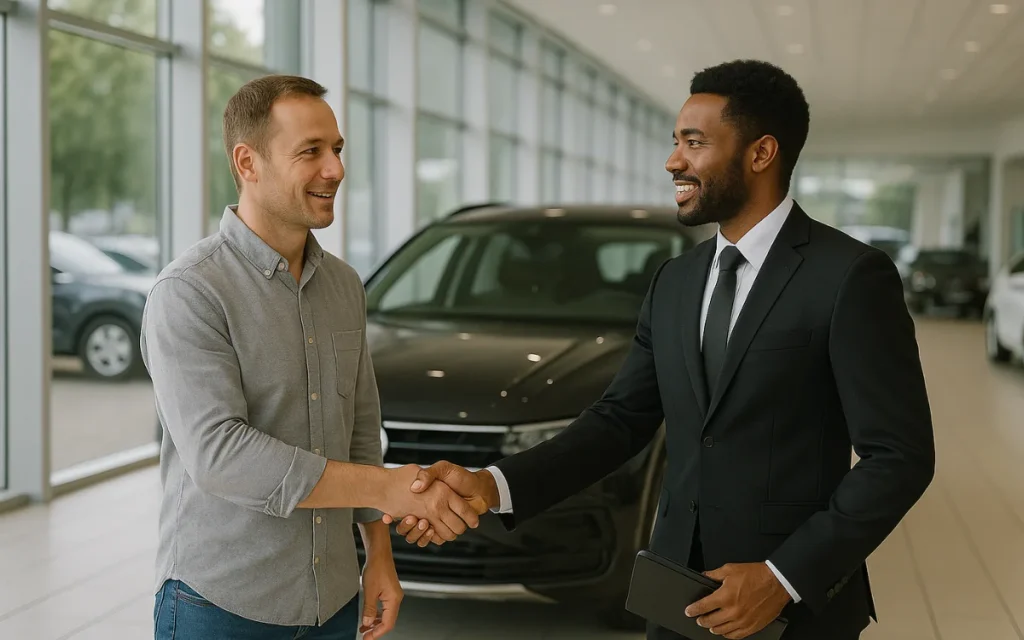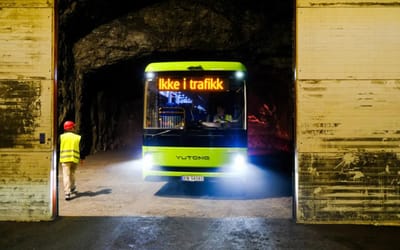The 1990s tactic that car dealerships have started using again to increase sales
Published on Nov 18, 2025 at 9:18 AM (UTC+4)
by Molly Davidson
Last updated on Nov 18, 2025 at 11:53 AM (UTC+4)
Edited by
Kate Bain
Car dealerships are dusting off an old-school tactic from the 1990s, and it’s not something you’d expect to make a comeback.
It’s a people-focused move – the kind you don’t usually associate with today’s fast, digital car-buying world.
But with buyers drifting, sales slowing, and showrooms feeling colder than ever, dealers are rethinking how they connect with customers.
And the solution they’re turning to is surprisingly simple and effective.
DISCOVER SBX CARS – The global premium auction platform powered by Supercar Blondie
The ’90s relationship play car dealerships are betting on again
Some car dealerships are ditching the usual promos and going back to something much simpler.
David Long, Executive GM at Hansel Auto Group, has been leaning into the kind of attention he built his career on.

The sort that made customers feel remembered instead of processed.
In the ’90s he’d show up at a buyer’s house with their new car, hand over the keys himself, and check in afterward just to make sure everything felt good.
Now he’s brought that energy into the present, and the shift is easy to spot.
Essentially, the tactic is all about getting to know the person standing in front of them and he says it’s working.
More people are coming back, more people are referring friends, and first-appointment show rates are increasing.
It works because buyers stop feeling like line items.
They feel noticed.
And in a market where every dealership is selling something shiny, that kind of consistency becomes the only thing you can’t copy and paste.
Why today’s buying experience pushed dealers back to old-school methods
Modern buying hasn’t done dealerships many favors.
A lot of customers walk onto a lot already bracing for the worst – either someone hovering too close or someone who can’t answer basic questions.
Either way, showrooms have an image problem.
And the push for quicker, cleaner processes hasn’t done anything to help.

It sped things up but flattened everything else, turning the whole journey into a set of steps instead of a proper conversation.
And once the sale is over, that’s that.
Most people never hear from the dealership again, even after spending serious money.
That’s why the small gestures matter more than they seem.
Mentioning trade-in paths early gives people a reason to return.
A quick reminder about accessories or add-ons keeps the door open later.
They aren’t exactly major processes, but they do stop buyers from drifting to national chains the moment they’re ready to swap cars.
In the end, dealers are rediscovering something they probably knew already – people stick with the places that stick with them.
DISCOVER SBX CARS: The global premium car auction platform powered by Supercar Blondie
Molly Davidson is a Junior Content Writer at Supercar Blondie. Based in Melbourne, she holds a double Bachelor’s degree in Arts/Law from Swinburne University and a Master’s of Writing and Publishing from RMIT. Molly has contributed to a range of magazines and journals, developing a strong interest in lifestyle and car news content. When she’s not writing, she’s spending quality time with her rescue English staffy, Boof.




